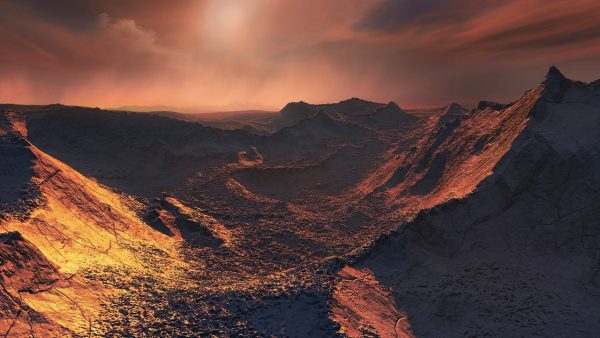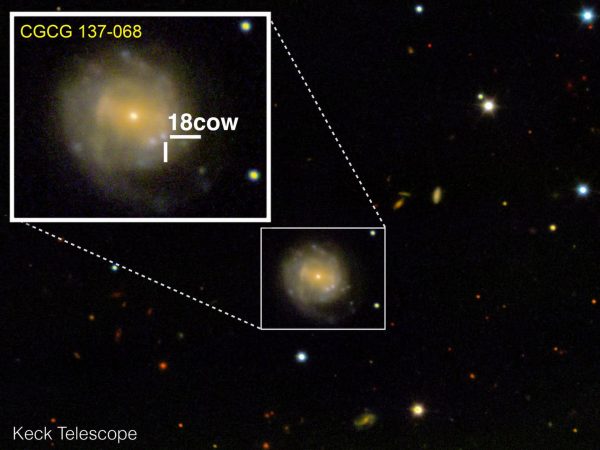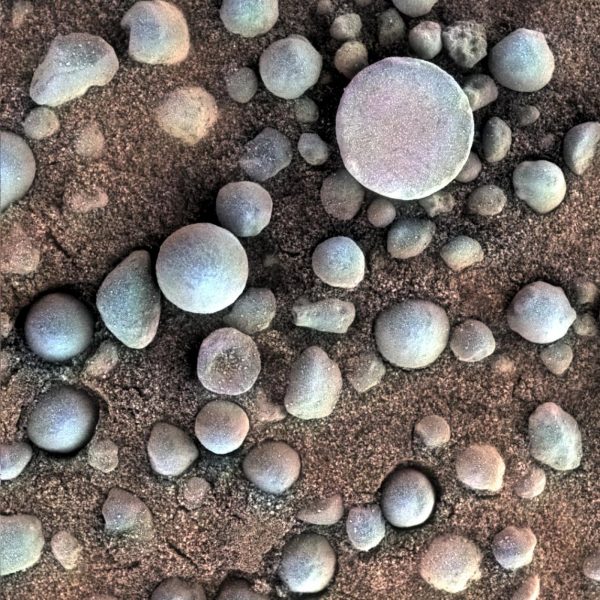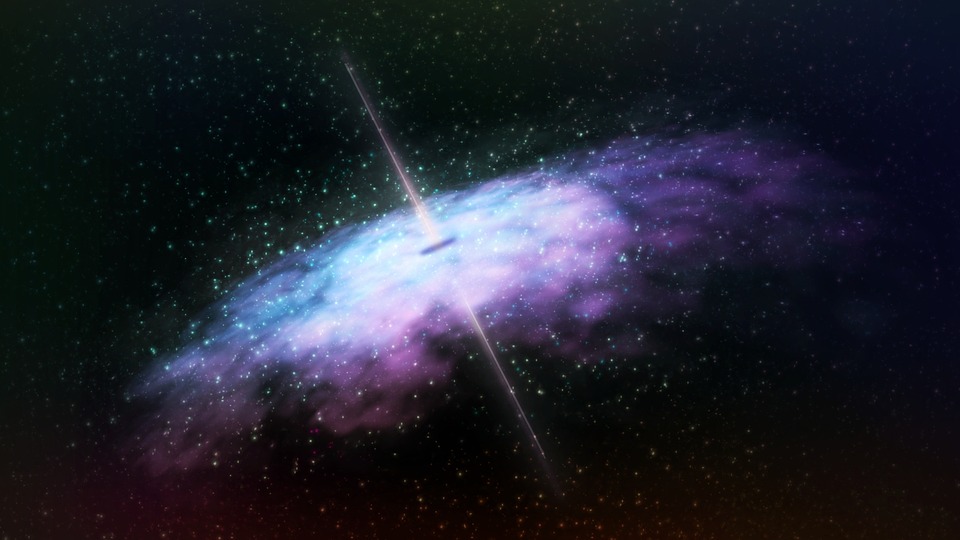SPACE: Could Nearby Exoplanet Harbor Life?
There’s a rocky planet out there that’s very big and cold. Its sun, a red dwarf named “Barnard’s star” looks much larger in its sky than Earth’s. It bathes the planet in X-rays and ultraviolet light, likely enough radiation to strip away any atmosphere. But Barnard’s star is also much dimmer than Earth’s host star, so the planet’s surface is probably a frozen wasteland — the sort of place that likely wouldn’t have any liquid water, and that most scientists wouldn’t expect to support life. But a new analysis suggests that the planet, named Barnard B, might give rise to … Read more












